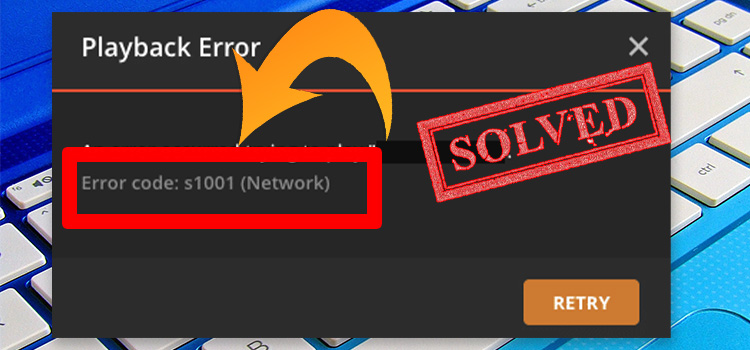Introduction to Auto Replenishment
Inventory replenishment is a critical process in maintaining optimal inventory levels for businesses. However, traditional manual methods are time-consuming, prone to errors, and inefficient in today’s fast-paced business landscape. To address these challenges, replenishment systems have emerged as a solution. By leveraging technology and automation, these systems streamline and optimize the replenishment process.
Replenishment systems utilize integrated demand forecasting, inventory management, and automatic order generation to create replenishment plans and orders. By analyzing historical sales data, lead times, and other key metrics, these systems determine optimal reorder levels and generate purchase orders automatically. The automation of the replenishment process helps businesses ensure they always have the right amount of inventory, reducing stockouts and enhancing customer satisfaction.
Notably, retailers of all sizes stand to benefit from replenishment systems. With automation, retailers can avoid stockouts and lost sales caused by inventory shortages. This, in turn, improves customer satisfaction and loyalty, leading to increased sales and revenue.

How Replenishment Systems Work
Replenishment systems rely on advanced technology and algorithms to automate the replenishment process. Here is a step-by-step overview of how replenishment systems work:
Step 1: Data Collection
Replenishment systems collect and analyze data from various sources, such as sales history, lead times, and inventory levels. This data provides insights into demand patterns and helps forecast future inventory needs.
Retailers can utilize various tools to enhance their inventory tracking and management processes. One effective tool is a barcode scanner or a handheld device that allows employees to quickly and accurately scan barcodes on products, updating inventory levels in real time. Another useful tool is inventory management software, which provides a centralized platform for retailers to track and monitor inventory levels, sales, and replenishment needs.
Step 2: Demand Forecasting
By analyzing existing data, retailers can predict future consumer purchase behavior and prepare for changing market conditions. Accurate demand forecasting helps businesses with supply chain control, financial planning, and customer success management. It ensures that retailers have enough stock to meet customer requirements and allows for necessary adjustments during unexpected events.
Implementing the latest generation of machine learning technology in demand forecasting can greatly improve demand forecasting accuracy and enable businesses to make data-driven decisions in inventory management. The most advanced software, such as Leafio, enables businesses to understand demand patterns, effectively manage inventory levels, and optimize their resources and processes.
Step 3: Replenishment Trigger
The replenishment system generates a replenishment trigger when inventory levels fall below a predetermined threshold. This trigger initiates the process of generating purchase orders or other replenishment actions.
Step 4: Order Generation
Based on the replenishment trigger, the replenishment system automatically generates purchase orders for the required products or materials. The system can integrate with suppliers’ systems to send out these orders electronically.
Step 5: Order Fulfillment
Once the purchase orders are generated, suppliers fulfill the orders and deliver the products or materials to the business. The replenishment system tracks the status of each order and updates inventory levels accordingly.
Step 6: Inventory Reconciliation
After receiving the products or materials, the replenishment system reconciles the inventory by updating the stock levels. This ensures the system has accurate and up-to-date information for future replenishment decisions.
Types of Replenishment Systems
Several types of replenishment systems are available, each catering to different business needs and requirements. Here are some common types of replenishment systems:
- Continuous Replenishment: Continuous replenishment systems are designed to maintain a continuous inventory flow based on real-time demand. These systems use advanced algorithms to monitor inventory levels and automatically trigger replenishment actions when predetermined thresholds are reached.
- Periodic Replenishment: Periodic replenishment systems involve replenishing inventory at regular intervals, such as weekly or monthly. These systems generate replenishment orders based on historical sales data and predetermined reorder quantities.
- Vendor-Managed Inventory (VMI): Vendor-Managed Inventory systems involve suppliers taking responsibility for managing their customers’ inventory levels. Suppliers monitor inventory levels, generate replenishment orders, and deliver products or materials as needed. VMI systems improve supply chain efficiency and collaboration between suppliers and customers.
- Just-in-Time (JIT): Just-in-Time replenishment systems focus on minimizing inventory holding costs by delivering products or materials exactly when needed. These systems rely on close coordination between suppliers and customers to ensure timely delivery and avoid stockouts.
Choosing the Right Replenishment System
When selecting a replenishment system for your business, it’s important to consider several factors.
Evaluate your business needs and goals to determine the specific requirements for your replenishment system. Consider factors such as inventory turnover, lead times, demand variability, and customer expectations. Choose a scalable and adaptable replenishment system that can handle fluctuations in demand, new product introductions, and changing market conditions.
Ensure seamless integration with your existing systems, including inventory management software, ERP systems, and supplier systems. This allows for efficient data exchange and streamlines the replenishment process. Consider the level of collaboration and communication required with your suppliers. Certain systems, such as VMI or JIT, require close collaboration and trust between suppliers and customers. Evaluate your supplier relationships and choose a system that aligns with your collaboration goals.
Conclusion
Replenishment systems are powerful for optimizing inventory management and streamlining replenishment processes. By automating the replenishment process, businesses can ensure they have the right amount of stock at the right time, reducing stockouts, minimizing carrying costs, and improving customer satisfaction. With the right replenishment system, businesses can achieve greater efficiency, cost savings, and profitability.
Investing in replenishment systems is an investment in the future of your business. Stay ahead of the curve, embrace automation, and optimize your inventory management with replenishment systems.
Subscribe to our newsletter
& plug into
the world of technology





